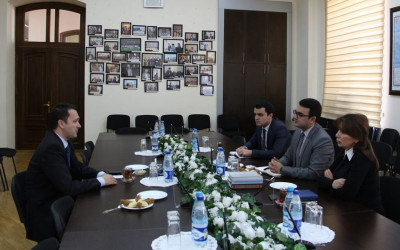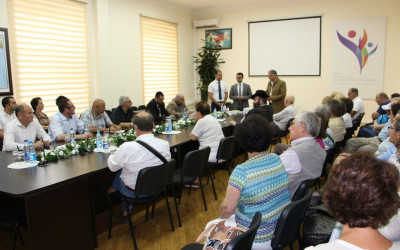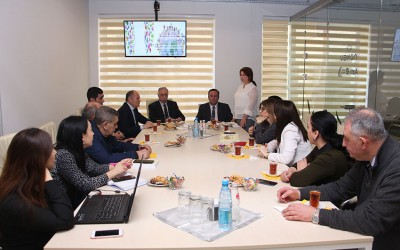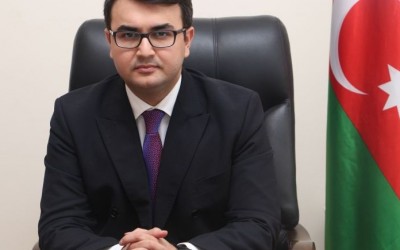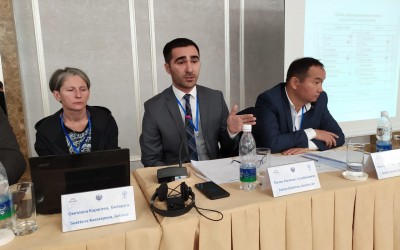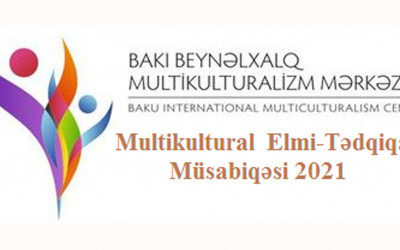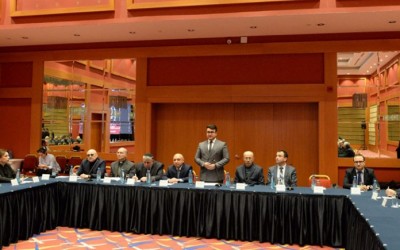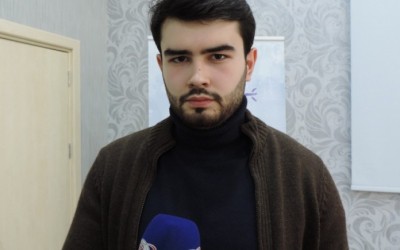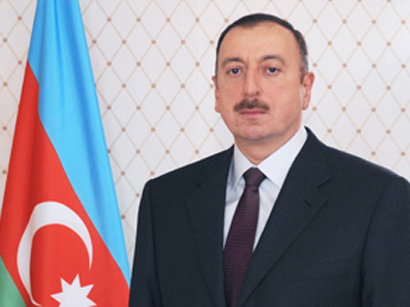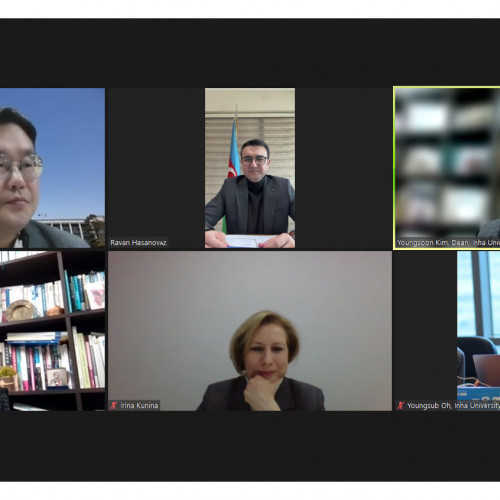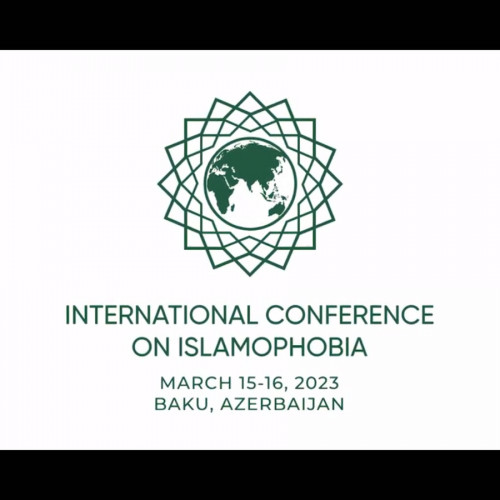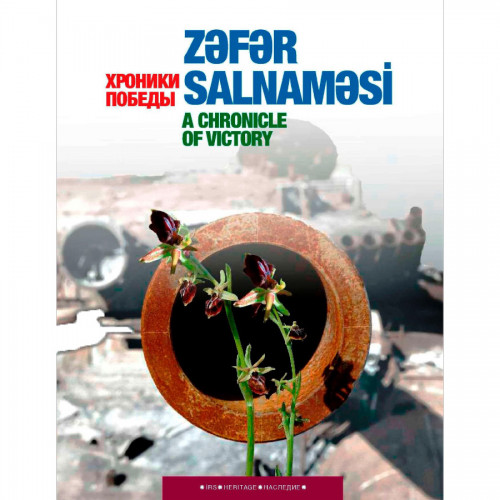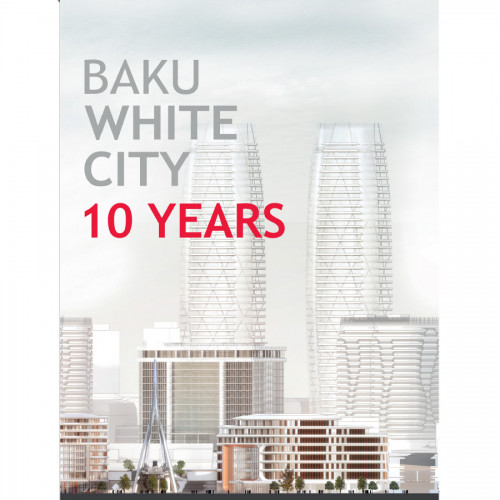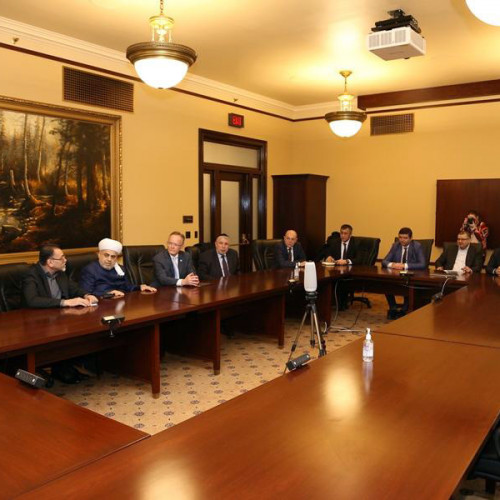Cultural Diversity: Same Question, but a Different Answer. The Story of Azerbaijani Multiculturalism
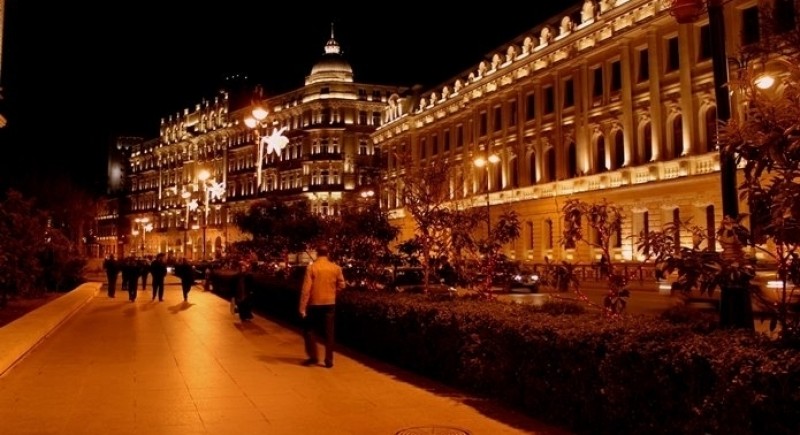
We live in a world where people are sacrificed for being a minority. They are sacrificed for being different, although the very notion of ‘different’ is a purely subjective one. More than 70 years ago, anti-Semitism culminated with the killing of millions in Europe. Yet nowadays, the US president announces his intention to build a wall at the Mexican border. On the Asian continent, the armed forced of Myanmar are supposedly seeking the repression of the country’s Muslim minority. Africa is plagued by numerous conflicts, most of them stemming from ethnic and religious reasons, such as the rampages of the group previously known as Boko Haram in Nigeria. And Europe is facing a rise of nationalism and anti-immigrant attitudes, displayed through episodes such as Brexit or the popularity of the far-right in the French presidential elections. While the scope and the approach changed, and its roots also vary, the general attitude of rejection towards those who share a different culture, ethnicity, or religion still persists.
Over time, Azerbaijan developed a very well-functioning multiculturalist model, one in which different groups intertwine, living together and sharing equal rights, yet preserving their own ethnic, cultural and religious identity.
However, there also exist success stories, positive examples of multicultural countries where each different group is a piece that plays its own part, making the entire mechanism run smoothly. One of these countries is the Republic of Azerbaijan, where mutual respect between its multiple ethnic and religious groups is the prevailing norm that emerged from the core of its multicultural society, being then raised at the level of state policy. Here, people from different ethnicities, cultures and religions manage to coexist peacefully and in harmony. The world needs these examples, for they are helping us regain our trust in the values of humanity, while inspiring us about how should we approach some of today’s major problems. It is with these goals in mind that I am writing the present article.
What is ‘multiculturalism’?
In theory, ‘multiculturalism’ is defined as the presence and peaceful co-existence, inside the same society, of multiple distinct ethnic, racial, religious, or cultural groups that share different traditions, values, and customary behaviors. In a multicultural society, these groups (should) have the right to officially express, promote, protect and preserve their specific features. Over time, researchers tried to summarize the inner workings of a multicultural society by developing different social models of multiculturalism. In brief, these models rely either on assimilation, or on isolation. The case of multicultural assimilation is similar to a ‘melting pot’, where different groups live together, yet they lose their own cultural identity, being forced to assimilate the dominant culture such that, in the end, all cultures become one. Alternatively, in the isolation model minority groups are marginalized and restricted, but they preserve their own cultural identity.
Research in the area of ethnic and cultural diversity places many other European countries, such as France or United Kingdom, above Azerbaijan in the hierarchy of ethnic and cultural fractionalisation.
Time has showed us that neither of the two models works properly. While isolation almost always leads to tensions, making people fit in a Procrustean bed and forcing them to become something that they are not is no better option, generating also a lack of proper integration that lies at the core of many conflicts plaguing our world today. Overall, past experiences point towards the need for a different approach, and the Republic of Azerbaijan may offer us a ‘third way’. Over time, the country developed a very well-functioning multiculturalist model, one in which different groups intertwine, living together and sharing equal rights, yet preserving their own ethnic, cultural and religious identity.
Situated between Europe in the West and Asia in the East, between Christianity in the North and Islam in the South, Azerbaijan has always been at the crossroads of various civilisations that intertwined on its territory.
But leaving theory aside, a well-functioning multiculturalist model is much easier to define in practice: it is the sensation that ‘you fit in’, no matter your nationality, race, or religion, the feeling that a society welcomes you, regardless of your cultural background. And Azerbaijan certainly offers this. Theoretical definitions and descriptions may be too narrow to express what multiculturalism really means, and in no way does reading about it compare with seeing it in practice. Sharing some episodes from my personal experience, I would say that Azerbaijani multiculturalism can be truly understood, for instance, when you witness the leaders of different religious communities (Muslims, Christians and Jews) reunited at the same table, conveying a common message – an image that one does not have the opportunity to see in many other countries. After all, in a period with great tensions between the two parts, Azerbaijan is one of the very few countries where Shia and Sunni Muslims pray together in the same mosques. And it is probably one of the very few places where, as a Christian, you may happen to be invited to dinner by a rabbi’s family, while being in a Muslim country. This, along with many other pleasant experiences, can be summarized by saying that here people welcome you with open arms, and also with open hearts, regardless of where you come from. As a foreigner, it is episodes like these that help you understand how real Azerbaijani multiculturalism is, in its own unique manner. But as a local, this becomes your way of living.
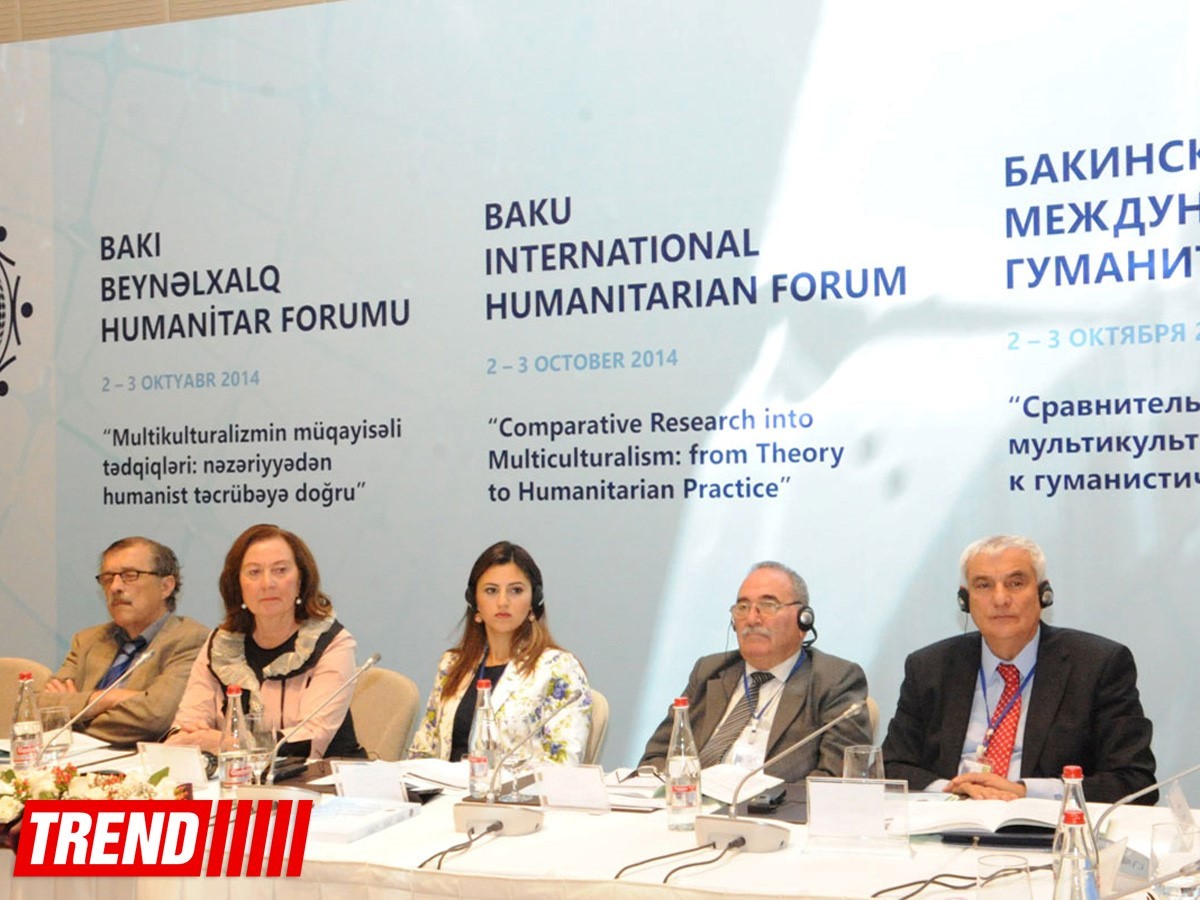
A few comparisons and numbers
While being a Muslim majority country, the Republic of Azerbaijan also hosts a big Christian community and represented, over time, more than just a safe place for Jews. In terms of figures, over 96% of the population is Muslim, while around 2-3% are Christians and less than 1% are Jews. By comparison, in Romania around 98% of the population is Christian, while Muslims represent only 0.3% of the population and the proportion of Jews is even lower. From a religions point of view, it is therefore clear that Azerbaijan is a more diverse country than Romania, yet other countries in Europe, such as Germany, Belgium, or France, with a population of Muslims between 4 – 10%, are rather comparable when it comes to religious diversity. However, despite the comparability in numbers, inter-religious harmony in these European countries is not as strong as in Azerbaijan, suggesting that people cannot always learn to respect other religions just by living in a multi-religious context, at least not that easy. It is also not correlated with what religions hold the dominant and the minority positions, as there are also Islamic countries where non-Muslims are not even allowed to hold the country’s citizenship.
As tolerance is something that sometimes can be learned, constant and long-term exposure to a multicultural environment made the Azerbaijani society embrace multiculturalism as a way of living.
In terms of places of worship, in Azerbaijan there exist 13 churches, 11 of them being built after the fall of the Soviet Union in 1991. There are also 7 synagogues, and more than 2,000 mosques. In Romania, the number of mosques currently reached 77, most of them being placed in Dobrogea region, a region where Islam has more than 700 years of tradition as the area was part of the Ottoman Empire for almost five centuries. To this we can add the construction of the biggest mosque in Eastern Europe that is set to be in Romania, with 11,000 square meters of land already dedicated to this project by the Romanian government. In addition, Romania hosts 124 synagogues and more than 18,700 churches, monasteries, cathedrals and chapels. While the number of churches in Azerbaijan is lower than the number of mosques in Romania, it is important to highlight that one of the first churches in Azerbaijan was built with the financial support of a Muslim philanthropist. In 1909, Haji Zeynalabdin Taghiyev, a famous Azerbaijani oil millionaire, invested part of his money in building this church as a way of promoting friendship between different religious groups living at that time in Baku, the country’s capital city.
When it comes to ethnic diversity, national minorities represent 9.4% of the population of the Republic of Azerbaijan – a number that is slightly smaller compared to Romania, where minorities totalise 10.5% of the country’s population. Yet research in the area of ethnic and cultural diversity[1] places many other European countries, such as France or United Kingdom, above Azerbaijan in the hierarchy of ethnic and cultural fractionalisation. Still, in practice, much more is done in Azerbaijan for supporting minority ethnic groups than in any of these other countries, where sometimes the opposite is true.
Sources of Azerbaijani multiculturalism
It is great to see a model working, but it is even better to understand what makes it work. The Azerbaijani model of multiculturalism is the result of a well-balanced mixture between past history, particular geography, and wise policy.
First of all, the multiculturalism model of Azerbaijan has historical roots. The society of this country reunites a mosaic of ethnic and religious groups since many centuries ago, given its complex historical path and constantly changing sources of influence. For instance, before becoming part of the Russian Empire in the course of the 19th century, the territory of Azerbaijan was placed under the influence of Persians, who were imposing on the population their own traditional practice of Islam. The fact that Shi-ism is the religion of the majority in Azerbaijan is the result of this influence. Further on, by being for almost 100 years under the rule of the Russian Empire, the people living on the territory of present-day Azerbaijan were strongly exposed to the Orthodox influence and acquired a Russian heritage, yet considered less pervasive than those of Persia and Turkey. The Republic of Azerbaijan proclaimed its independence for the first time in 1918, after the dissolution of the Russian Empire, but only for two years, being invaded in 1920 by the Soviet troops. As the territory became part of the USSR, the Azerbaijani population adapted to the Socialist context, where religion was completely banned. Moreover, the notorious migration policies inside the Soviet Union also played an important role in enhancing the multi-ethnic construction of the Azerbaijani society. The Russian legacy also manifested itself at the level of education, creating a bridge between Azerbaijan and Europe.
Azerbaijan aims to position itself on the global map as a center of multiculturalism, transposing its policy in practice by organising numerous events meant to display its openness towards other cultures.
In addition, geography plays its part too. Situated between Europe in the West and Asia in the East, between Christianity in the North and Islam in the South, Azerbaijan has always been at the crossroads of various civilisations that intertwined on its territory. The country’s location on the Silk Road also shaped the attitude of its people, who were influenced by the flow of travelers and their culture: the caravans of camels that were bringing spices and silk from India and China to Europe also conveyed new ideas, beliefs, and traditions. To this we should add Azerbaijan’s location in an oil-rich area that attracted, over time, a sizeable influx of foreigners working in the oil industry.
Europe’s “unity in diversity” may be fading away.
Indeed, these historical and geographical factors played a crucial role in shaping Azerbaijani people’s attitudes towards different cultures and religions. As tolerance is something that sometimes can be learned, constant and long-term exposure to a multicultural environment made the Azerbaijani society embrace multiculturalism as a way of living. Adding the influence of both modern, Occidental Europe and traditional, Oriental Asia, the result is a society where everyone can preserve and promote its own cultural and religious identity, yet people live in harmony and peace. However, the result was not the same for other countries where history and geography also led, over time, to exposure to multiple cultures and religions and, in the end, to the emergence of a multicultural society. The success of the Azerbaijani model of multiculturalism is also owed to the peculiar open-mindedness and modern attitude of its people, reflected in many other pioneering decisions. The Republic of Azerbaijan was the first democratic republic in the Islamic world, after the country established a secular democracy in 1918, where citizens are equal regardless of their origin or confession. Also, it is a society where gender equality has been supported throughout history, being the first Muslim country to give women the right to vote (in 1918, even before some European countries including Romania), and supporting their education by building schools for girls even from the 19th century, with the first women’s gymnasium opened in Baku in 1874. And today, it is the best example proving that a Muslim country can be not only tolerant, but embrace the principles of equality, freedom, and peaceful coexistence.
State policy
On the other hand, since Azerbaijan regained its independence, state policy also started to focus on supporting and promoting the peaceful coexistence between different ethnic and religious groups. Yet state policy is rather the consequence, and the complement, of this spirit that emerges naturally from the core of the Azeri society. The Constitution of Azerbaijan, as many other constitutions of modern countries, states that each religion is equal before the law (art. 18), while the state guarantees equality and respect of rights and freedoms for everyone regardless of race, nationality, religion, language, or ethnic origin (art. 25), and everyone has the liberty of choosing any faith, and of expressing its view on religion (art. 48). The Romanian Constitution, for instance, also ensures religious freedom (art. 29), and guarantees the right of national ethnic minorities to preserve, develop and express their ethnic, cultural and religious identity (art. 6). Yet the difference is that in the two countries we cannot see and sense, in practice, the same spirit of tolerance, respect and fraternity towards other ethnicities and religions. Official sources state that, in Azerbaijan, crimes on religious and ethnic grounds are rather non-existent in the past 25 years. In Romania, interethnic conflicts involving for instance the Hungarian minority or the Rroma people are still present in recent history.
Another such example involves education. The Law on Education and that on State Language allow for education to be carried out in the language of national minorities, while minority languages are studied as part of the curriculum in approx. 400 schools. While this is also happening in other countries, including Romania, it is worth noting that, in Azerbaijan, even in the case of a language spoken only by the residents of a small mountain village, namely the Khynalyg language, textbooks are still being published in this language.
Azerbaijan teaches us a lesson proving that respect has no boundaries and fraternity can still exist in spite of the artificial barriers people create between people. As a historically multi-confessional and multi-ethnic country, Azerbaijan plays the role of bridge between civilizations, acting as a practical proof that diversity does not need to be a source of dispute, as long as everyone can continue to be who they are, and be proud of it.
Moreover, Azerbaijan aims to position itself on the global map as a center of multiculturalism, transposing its policy in practice by organising numerous events meant to display its openness towards other cultures. At the beginning of May 2017, Azerbaijan hosted the 4th World Forum on Intercultural Dialogue, organised in partnership with famous international organisations such as UNESCO. Last year, the 7th Global Forum of the UN Alliance of Civilisations was also held in Baku. Since 2010, Azerbaijan is also annually organising the Baku International Humanitarian Forum, conceived as a gathering point for world’s political, scientific and cultural elite interested in discussing humanity’s most pressing problems. Courses about ‘Multiculturalism in Azerbaijan’ are currently being taught in several universities worldwide, and many other events around this topic are organised inside the country or abroad.
But we cannot end this analysis without reminding about the Nagorno-Karabakh war between Armenia and Azerbaijan, which any informed reader will bring into discussion, one way or another, when talking about tolerance in Azerbaijan. While a thorough examination of this conflict should be the topic of an entirely separate article, two issues must be highlighted here in an attempt to explain why the existence of this conflict does not make everything previously argued about Azerbaijani respect towards other ethnicities and religious moot. First, the war emerged as Armenians living in Nagorno-Karabakh, a region that, from a territorial point of view, belongs to Azerbaijan, but it is mostly populated by ethnic Armenians, sought to obtain their independence. Although this war is often referred to as an ethnic conflict, Azerbaijan’s military response in the region was rather an attempt to preserve and defend its territorial integrity[2], thus having territorial and not ethnic roots. Second, despite the conflict, around 30,000 Armenians still live today in Azerbaijan outside Nagorno-Karabakh region, unhindered by anyone, suggesting that ethnicity itself is never a cause for dispute.
Multiculturalism – source or solution for Europe’s problems?
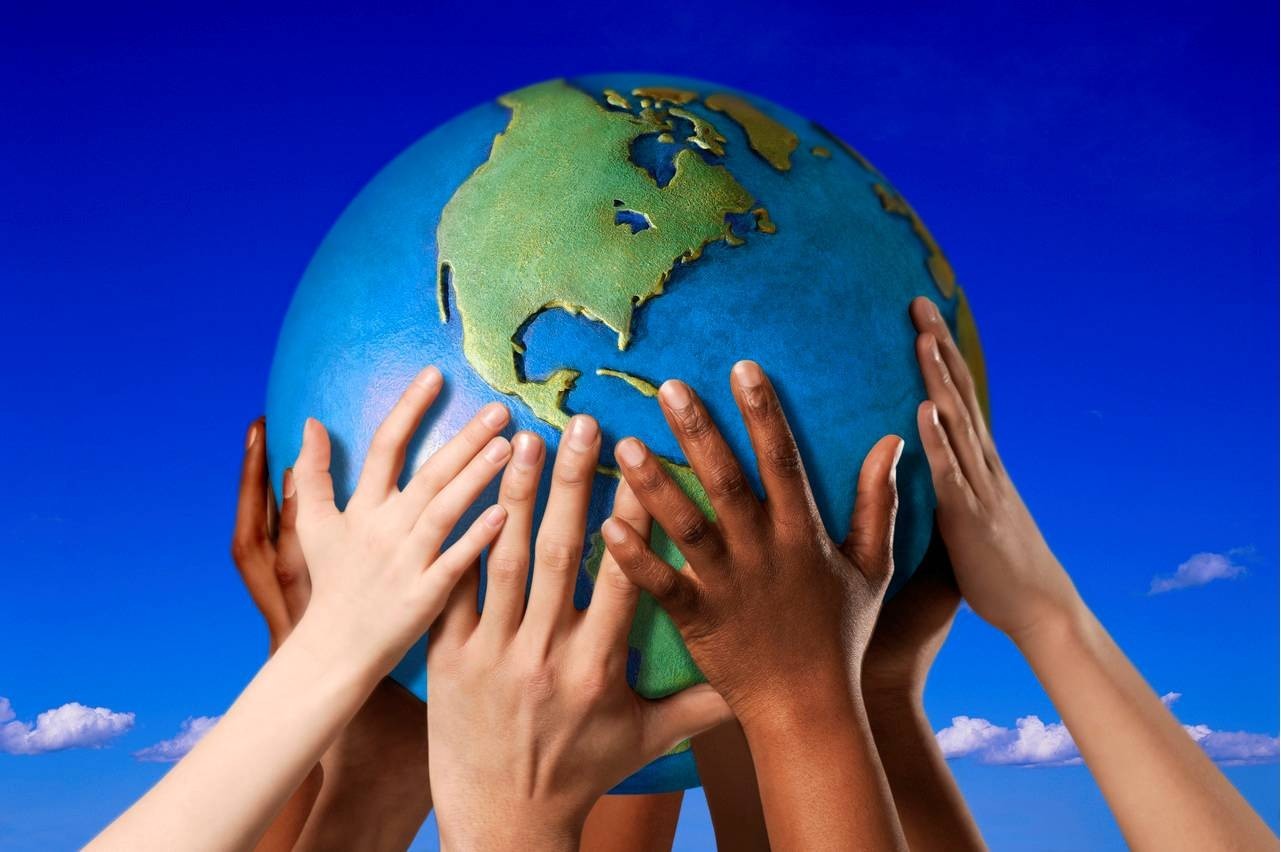
With the backdrop of a pessimistic attitude towards multiculturalism in most European countries, fueled by the wave of migration that emerged from the ongoing tensions in the Arab-Islamic world, Europe’s “unity in diversity” may be fading away. Several years ago, David Cameron – by then, the Prime Minister of the United Kingdom – admitted publicly that the doctrine of state multiculturalism has failed in modern Western countries. In the same note, the German Chancellor Angela Merkel officially stated that “multiculturalism is a life lie” and immigrants must “obey our laws, values and traditions”.
Indeed, European countries’ approach towards multiculturalism can mostly take either of two forms. One approach, typical to countries that are still in a developing process, is not to give any importance at all to the integration of different ethnic and cultural minorities, most of the time because state policy has to deal with other problems that are take priority. Alternatively, countries adopt a policy that tries to culturally assimilate local minorities that end up being deprived of their own cultural identity, as a reflection of the colonizing mentality that characterized Western Europe for such a long time.
Azerbaijan offers us the alternative, a model in which multiple and distinct groups live in harmony despite (or, I would argue, because) they are allowed and supported to preserve their own culture and religion. It teaches us a lesson proving that respect has no boundaries and fraternity can still exist in spite of the artificial barriers people create between people. As a historically multi-confessional and multi-ethnic country, Azerbaijan plays the role of bridge between civilizations, acting as a practical proof that diversity does not need to be a source of dispute, as long as everyone can continue to be who they are, and be proud of it.
Peace is not achieved by building walls, be they only metaphorical, not after we have tried so much to tear them down in the past history. Peace comes from interaction, from communion, and from mutual respect, because regardless of our differences, in the end we are all the same.


